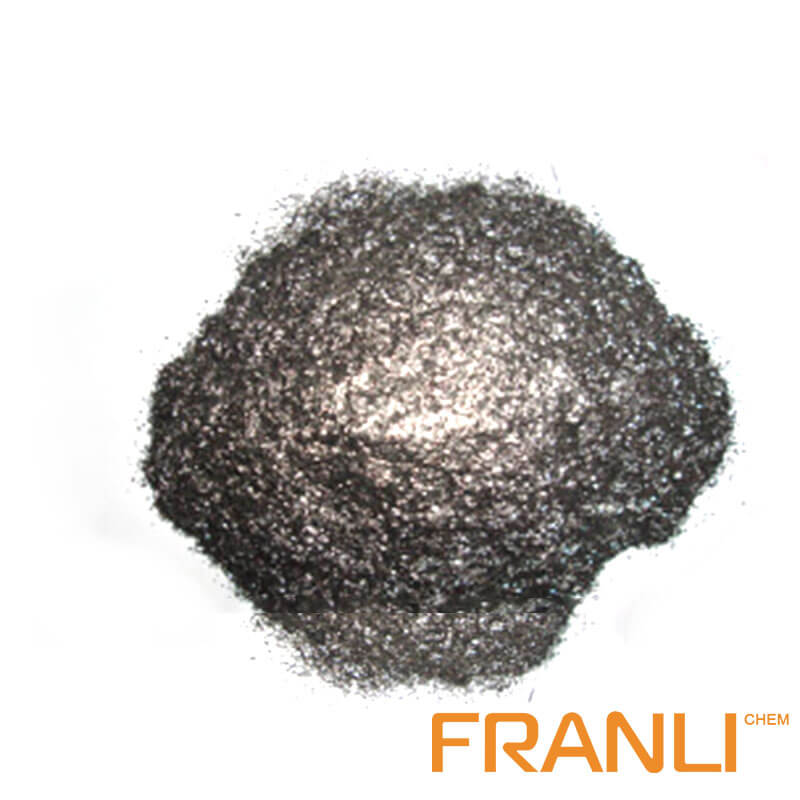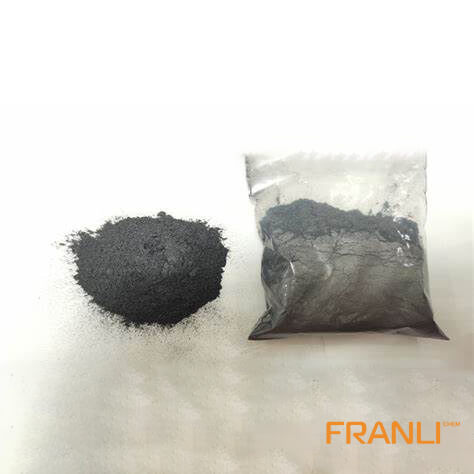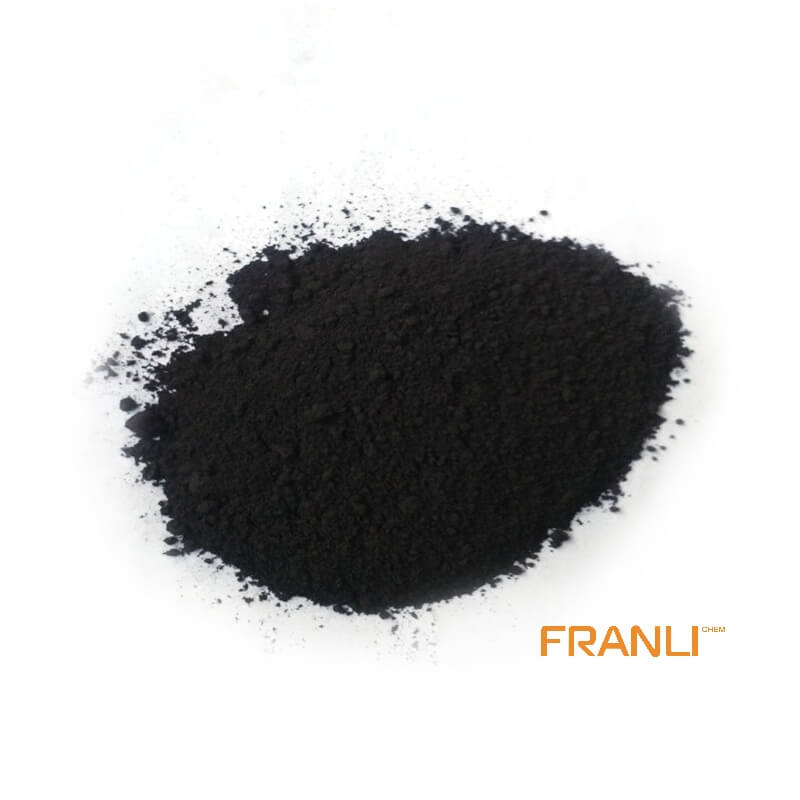


Flake Graphite
Size
0.01mm
Carbon Content
99%min
Package
25kg small bags into ton bags
Origin
China
Features
thermal shock resistance, lubricity, conductivity and plasticity…
Application
Lead battery plates positive and negative conductive agent, lithium batteries nickel hydrogen etc
Natural flake graphite has superior physical and chemical properties and is widely used in metallurgy, coatings and refractory industries. It is an important non-metallic raw material that is indispensable for today’s high-tech. Flake graphite is divided into large flake graphite and fine flake graphite according to the size of its scales. Usually, large flakes refer to +32 mesh, +50 mesh, +80 mesh, and +100 mesh flake graphite.
Request a quote
Flake graphite, as the name suggests, refers to the flake graphite formed by crystal, which is processed under high pressure. The taste of this kind of graphite is not high, but it is indeed graphite with good floatability in nature. After processing by different processes, the lubricity of graphite is improved.

The plasticity will be further enlarged, so flake graphite is also used in many industrial graphite types, and the use of flake graphite for wiper. The wiper on the car is also called a wiper. It is composed of a wiper and wiper motor. Flake graphite shall be added to the components of a high-quality wiper and motor. The special flake graphite for wiper is specially used to produce high-quality automobile wiper. It has good high-temperature resistance, lubrication performance, corrosion resistance, corrosion resistance, and other properties.
The application of flake graphite in the refractory industry. The window of refractory has long been analyzed in the market. Because flake graphite products are widely used, we should know that flake graphite is nonrenewable energy. What is the development potential of flake graphite in the future? Flake graphite is widely used in advanced refractories and coatings in the metallurgical industry. Such as magnesia carbon brick, the crucible, etc. Flake graphite, the initiating explosive material of military industry, is an important mineral resource with China’s advantages. It plays an increasingly prominent role in the high-tech, nuclear energy, and national defense industry. The development of the graphite industry has potential.
Due to the high-quality development of the refractory industry as a whole, under the current industry situation, it is impossible for the flake graphite industry to achieve rapid growth in the refractory industry, and the development potential of the flake graphite industry to high-tech industries such as cathode materials in the later stage is immeasurable, Window of refractories also learned from the manufacturers that the local government is constantly turning the flake graphite industry to high-quality development through policy guidance.
After in-depth processing, flake graphite can produce a variety of branch products. The added value and later development potential of these products are much higher than the primary processing of flake graphite.
Uses and application fields of flake graphite
1. As a refractory, graphite and its products have the properties of high-temperature resistance and high strength. In the metallurgical industry, it is mainly used to make graphite crucibles. In steelmaking, graphite is often used as the protective agent of steel ingots and the lining of metallurgical furnaces.
2. As a conductive material, it is used in the electrical industry to manufacture electrodes, brushes, carbon rods, carbon tubes, positive electrodes of positive current devices, graphite gaskets, telephone parts, coatings of TV picture tubes, etc.
3. As a wear-resistant lubricating material, graphite is often used as a lubricant in the machinery industry. The lubricating oil can not be used at high speed, high temperature, and high pressure, while graphite wear-resistant material can work without lubricating oil at the high sliding speed at 200 ~ 2000 ℃. Many types of equipment conveying corrosive media are widely made of graphite material, such as cups, sealing rings, and bearings. They do not need to add lubricating oil during operation. Graphite emulsion is also a good lubricant for many metal processing (wire drawing and pipe drawing). eight hundred and forty-five million two hundred and seven thousand four hundred and thirty-two.

5. Flake graphite has good chemical stability. Specially processed graphite has the characteristics of corrosion resistance, good thermal conductivity, and low permeability. It is widely used to make heat exchangers, reaction tanks, condensers, combustion towers, absorption towers, coolers, heaters, filters, and pumps. It is widely used in the petrochemical industry, hydrometallurgy, acid-base production, synthetic fiber, papermaking, and other industrial departments, which can save a lot of metal materials.
6. It is used for casting, sanding, die casting, and high-temperature metallurgical materials. Due to the small thermal expansion coefficient of graphite and the resistance to rapid cooling and heat changes, it can be used as the mold of glassware. After using graphite, the size of ferrous metal castings has a smooth surface and high yield. It can be used without processing or slight processing, thus saving a lot of metal. In the production of cemented carbide and other powder metallurgy processes, graphite materials are usually used to make ceramic boats for die pressing and sintering. The crystal growth crucible of monocrystalline silicon, regional refining container, support fixture and induction heater are all processed with high-purity graphite. In addition, graphite can also be used as graphite insulation board and base for vacuum smelting, high-temperature resistance furnace tube, rod, plate, grid and other components.
To sum up, the future potential of flake graphite can be used as refractory, wear-resistant lubricating material, conductive material, casting, sanding, die casting, and high-temperature metallurgical material.



